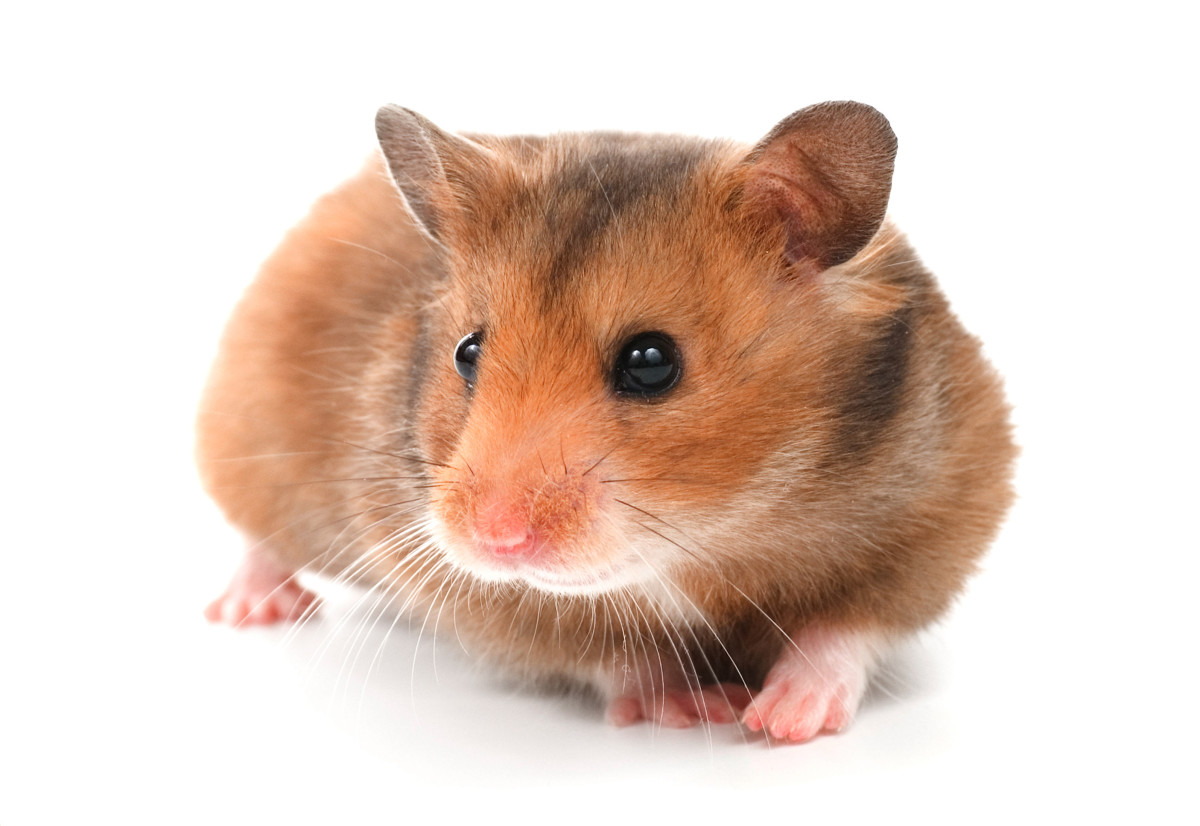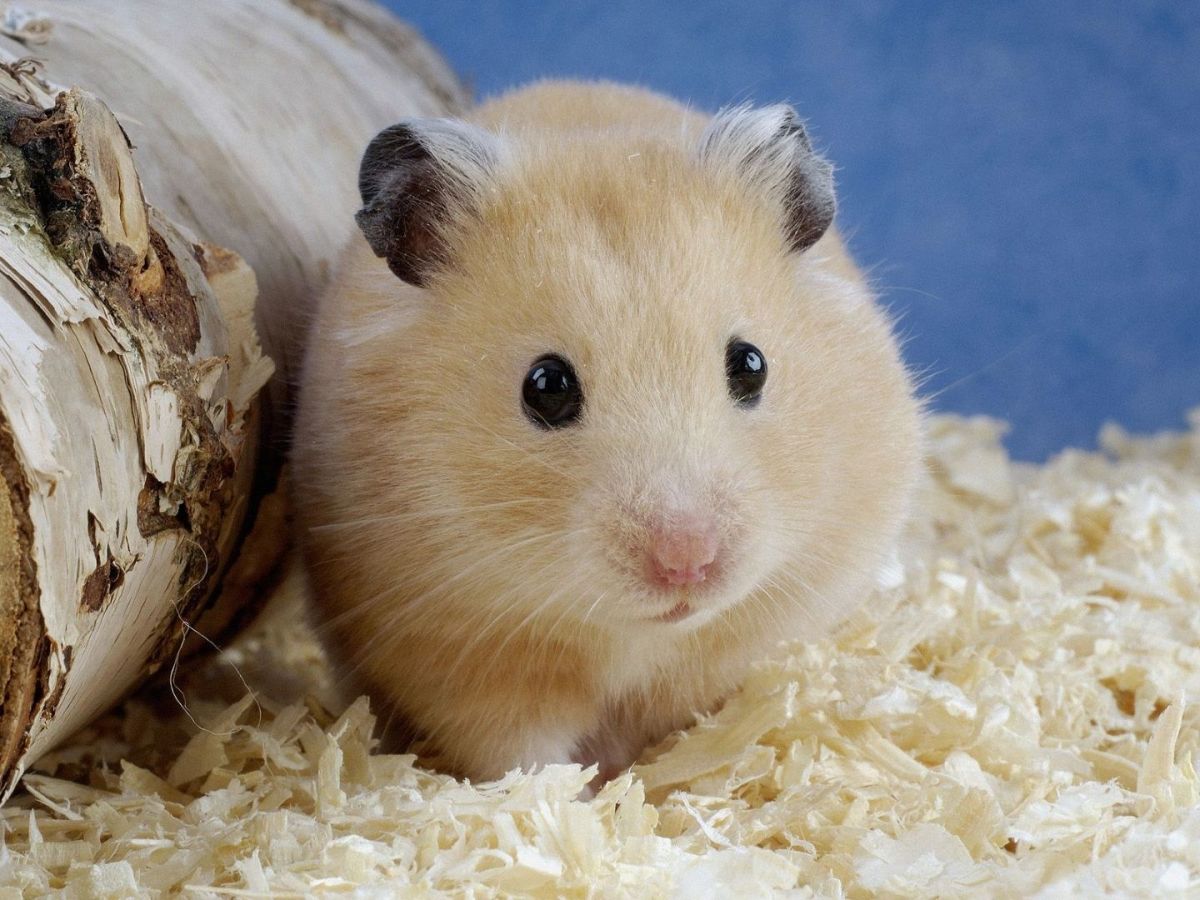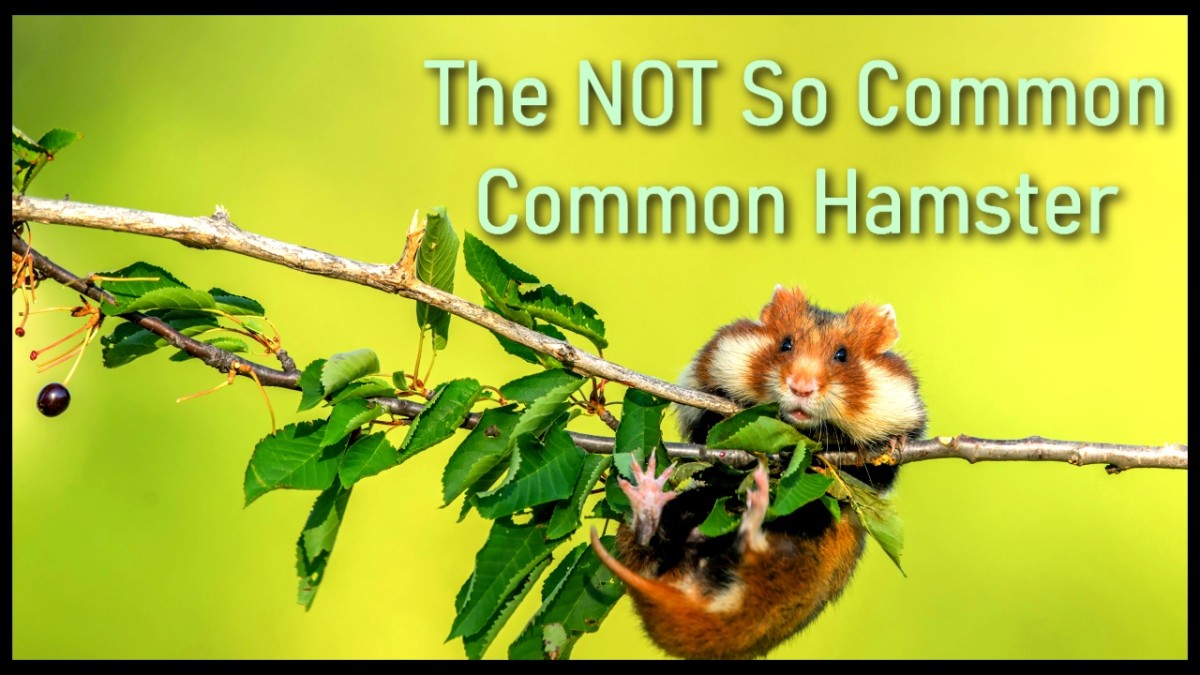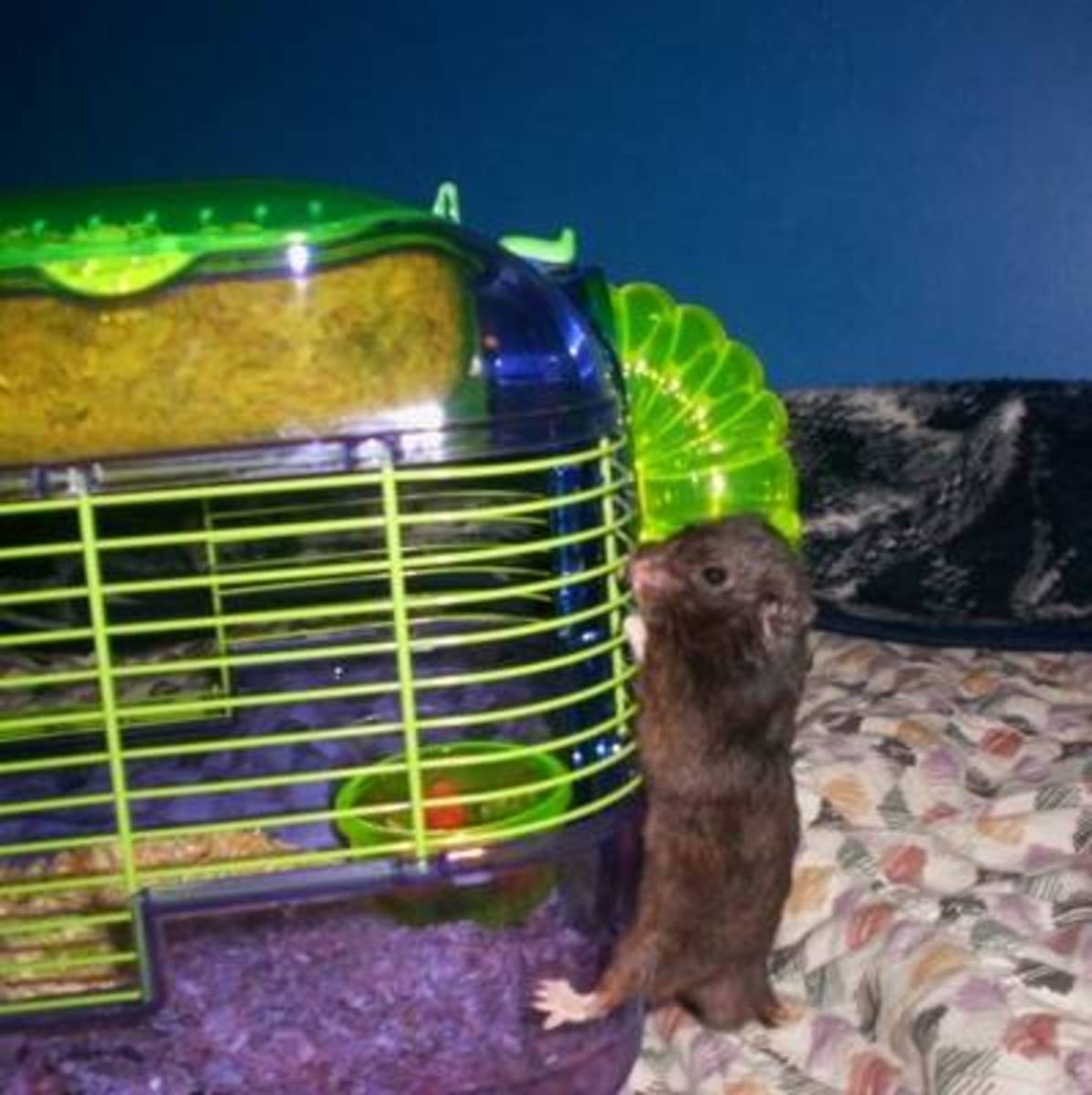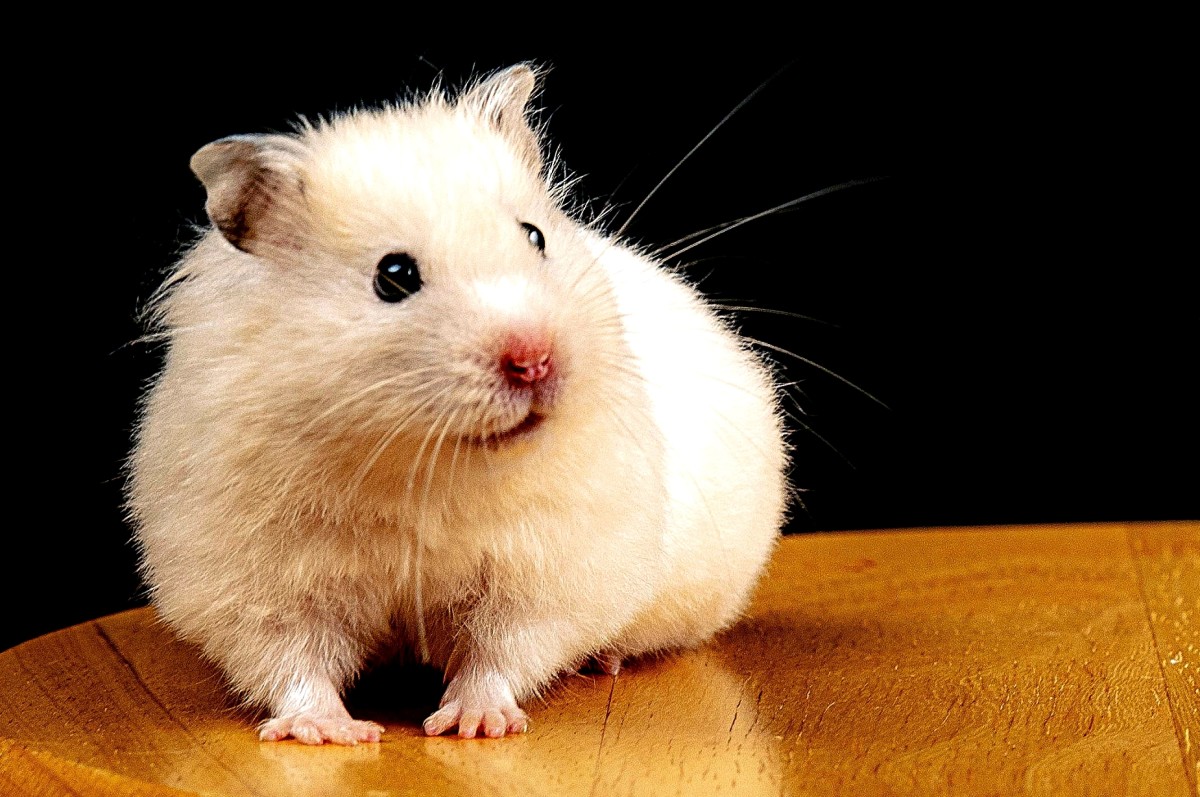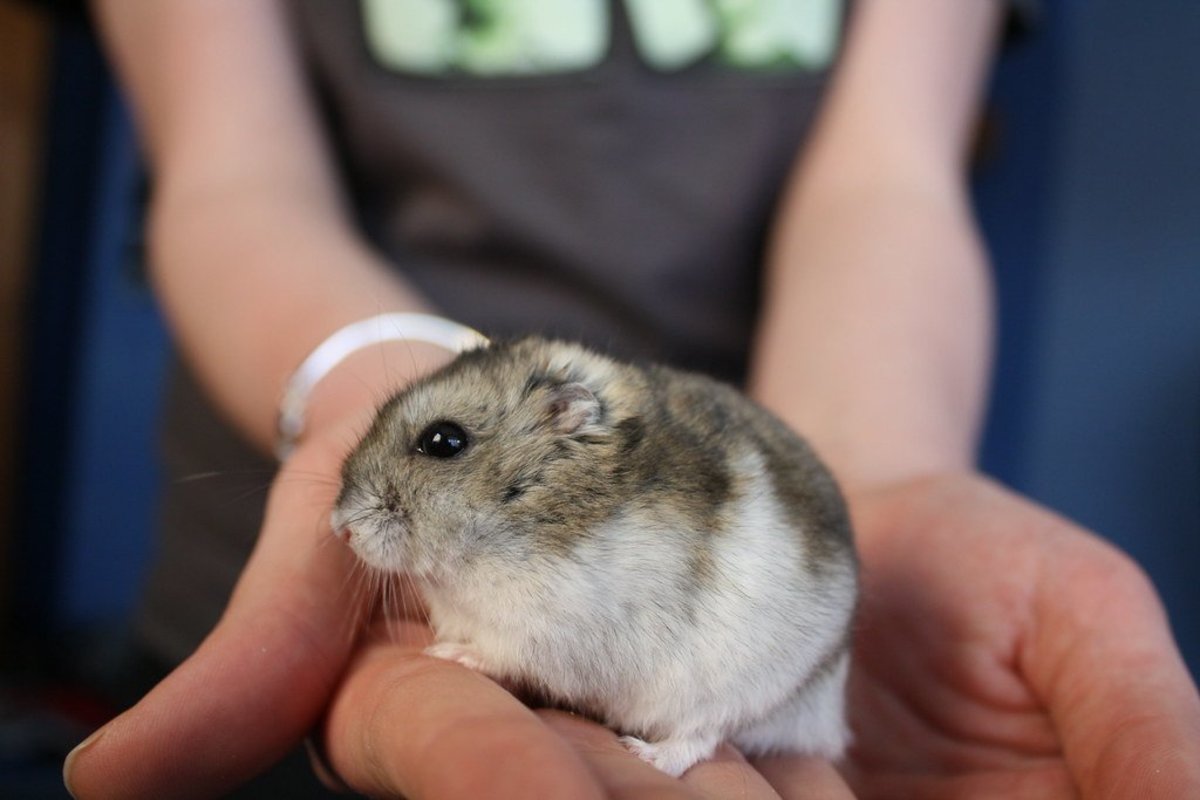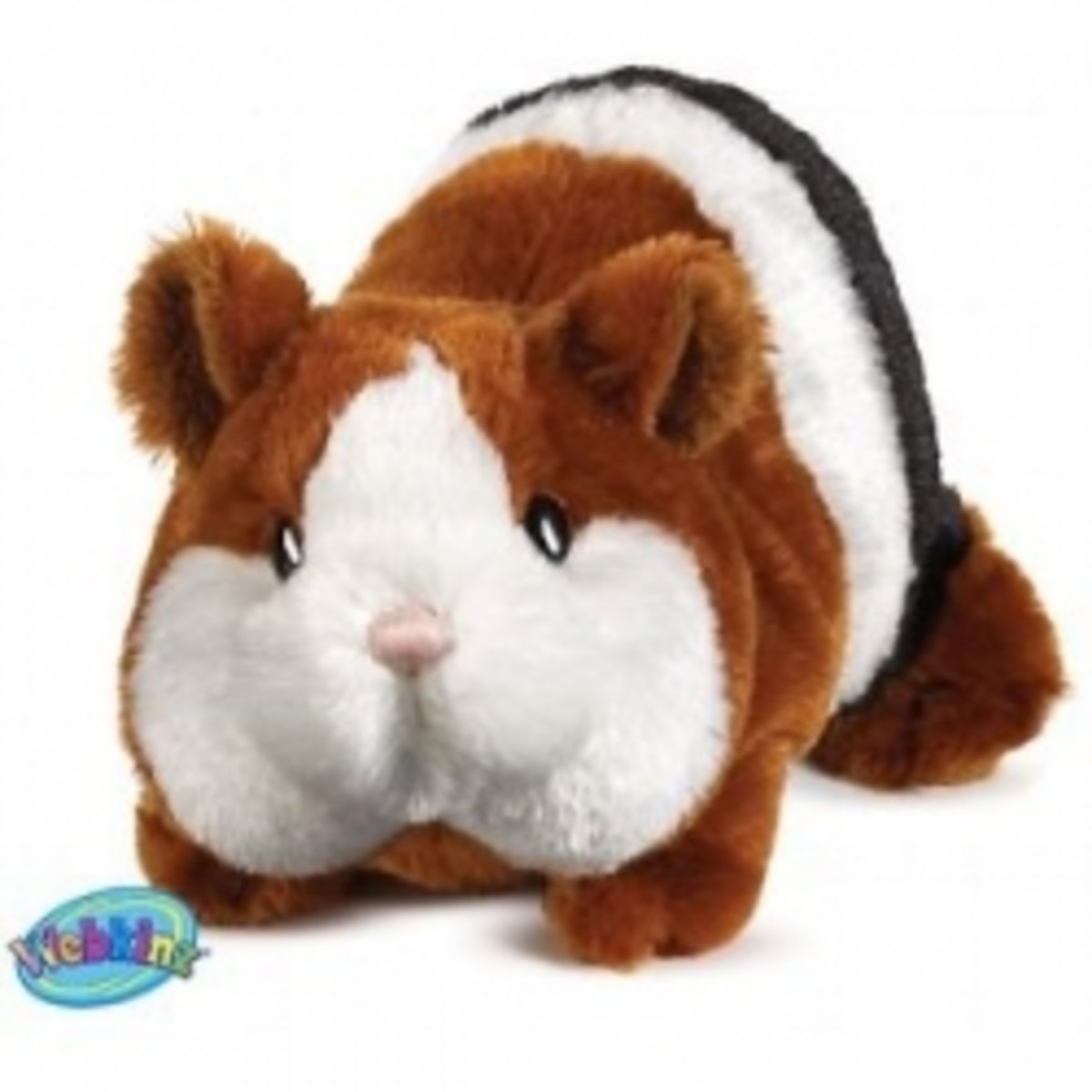How to choose and breed a hamster
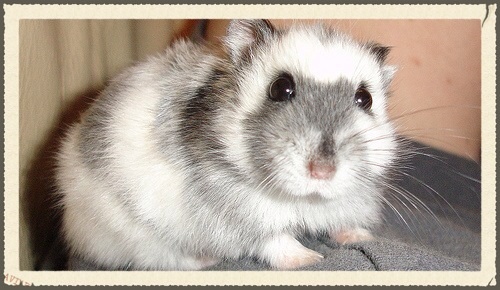
By Michelle Liew Tsui-Lin

Hamster Breeds
The small pet has become, in this modern day and age of quick convenience, a common feature in every household. Mobile, their minute sizes making them easy to handle for both adults and children, their popularity in many households is no wonder.
Hence, hamster breeding, too, is a popular activity. Hamsters generally breed well and regularly, so breeding is not complex for pet owners.
That does not mean that there are know-hows that we should not observe about hamster breeding. There are techniques, and as with the breeding of any animal,
Choosing a hamster, small though it is, takes some consideration because it means welcoming another pet, and hence life, into the home. What makes the choice a little more difficult is that there are just so many breeds to choose from!

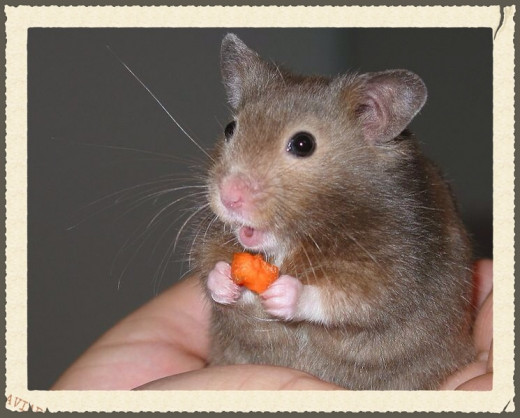
caring for hamsters
Before choosing that hamster, or any other pet.....
Before we take the plunge to bring that hamster, or any pet home, a few things should be thought about. The numbers of abandoned gerbils and hamsters in animal shelters speak of the lack of thinking through and reckless buying some unfortunate pets are subject to.
So what should would be pet owners have in mind before bringing that pet hamster home?
Time
The amount of time we can allocate to caring for a new hamster, or any pet, is the first thing that comes to, or should come to, any potential owner’s mind. If a job entails many hours away from home, it is best not to think about getting any pet at all.
Space
Another life means space needed. Some pets, such as dogs, would need a little more room than others and the space to stretch. Small mammals like hamsters, on the other hand, require less space.
There still needs to be a little thinking about whether there is enough room for that little cage in the home.
Family needs
Hamsters, though easily cared for by children, are not suitable for children of every age. Small children below seven tend to squeeze and rough-handle, so introducing a hamster to them at that age might not be wise.
Further, family members might have other needs. Some may be asthmatic and are sensitive to an animal’s fur. Others may have skin or other allergies related to animals.

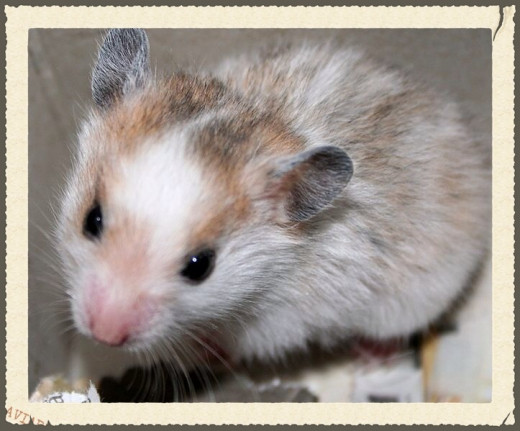
Choosing a hamster that's right for you
Choosing a hamster is very much the same as adopting a larger pet. It is important to find the correct fit for everyone in the family.
How would we choose the right hamster?
Choose from a few hamsters
Choose from a few varieties of hamsters.. Pick out three to four that you might like.
Look for a young hamster.
A hamster would usually have thin white hairs in its ears and white teeth that have not been worn yet. If possible, choose a young hamster as hamsters usually have a life span of 2 to 3 years.
Spot the healthy hamster.
When choosing a pet, good health would be paramount. there should be no scars on the skin. A wet tail is a sign of a serious health condition.
Pet the hamster.
Gently, with two fingers, give the hamster a pat. INon reistanc means it likes an will probably get along well ith you.
Hold the hamster gently.
Hold the hamster gently yourself. Any pet that is being gripped would feel a little discomfort. but if the hamster does not stop moving about soon, it could mean extreme nervousness an unsuitability on its part and the part of th owner.
After choosing the hamster...
Familiarize it with your environment.
Take it home and let it run around in its cage. Observe it and ease it in by giving it a few hand held treats.
Play with it and lt it get used to you.
Ensure that children who are too young do not handle the hamster.
Children younger than 7 are not suitable to handle hamsters because they are prone to rough housing.
Hamsters that are uncomfortable will also tend to nip, as would those which are not tame
Some hamsters are nocturnal.
Some hamsters may be nocturnal, which may not be suitable for households with you g children that might want to interact with it often.

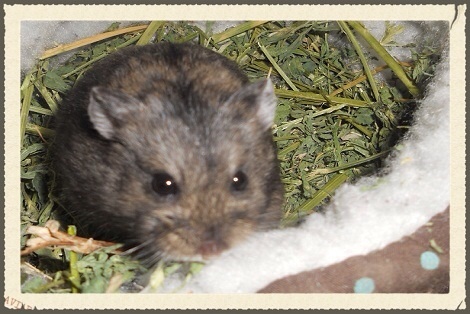
Breeding ethics
The ethics of breeding have always been a concern because of profiteering and abandonment at animal shelters.
there are some things that many of us should be conscious of when breeding.
Breeding for money and numbers
Responsible breeding, with better quality food and grain, would cut into profits. breeding in huge quantities for the pet industry would be less than responsible. Such breeders are not considered ethical.
Breeding because of love of pets
Owners may love their pets and want more of them. Breeding without considering if the large numbers can be coped with, or looking for homes for them is less than responsible. Large numbers resulting from over breeding end up in shelters.
Breeding to make color
This may not be acceptable because it seems self-centered and experimental, without consideration of the welfare of the animals.
While thee are breeders who specialize in a particular variety or color, breeding just to get that color as a goal is questionable.

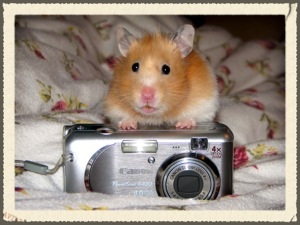
Popular hamster breeds
There are many hamster breeds, but these five make popular pets. When considering a breed, these can be borne in mind.
Syrian Hamsters
These pets are easy for younger children to handle and come in a variety of coat colors. However, wild ones tend to nip. They are also nocturnal and might be less suitable for younger children to look after. They are also not social with other hamsters and should be kept apart. They average four to seven inches when grown and have very short tails.

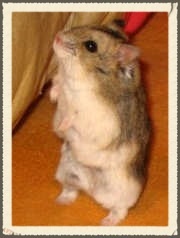
Dwarf Campbell Russian Hamsters
They are more sociable than Syrians and can be kept in pairs of the same sex in cages. Howeer, they are not responsive to handling and might nip. Ensure that a child is supervised when handling.
These hamsters are small and grayish brown. They have a darker strip of color along the spine and a cream somach. They grow to a maximum of 4 inches and live about two years.

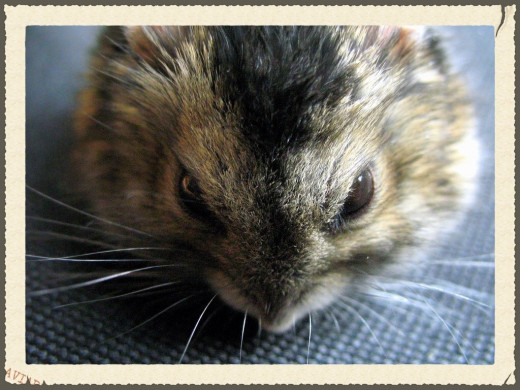
Dwarf White Winter Russian Hamters
Like Dwarf Winter Russians, this breed is good if the household has children because they are active during the day.Thy bite when nervous and should be handled carefully.
The come in coats of sapphire, pearl and sapphire-pearl. They have a gray undercoat and a gray stripe along the spine.They are small and measure only 31/2 to 4 inches.

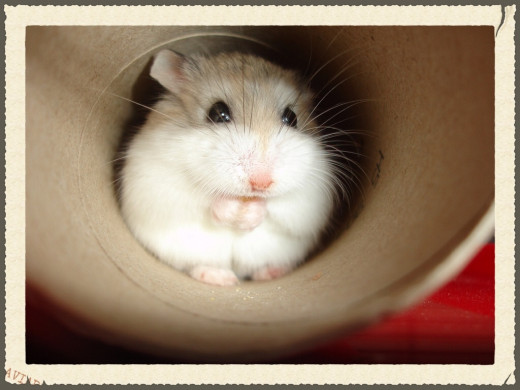
Roborovski Dwarf Hamsters
This is the smallest of the breeds measuring only 11/2 to 2 inches. These are small and sweet creatures which do not nip. however, they are better for observation because their sheer lack of size and agility make them difficult to handle.They are also sociable.

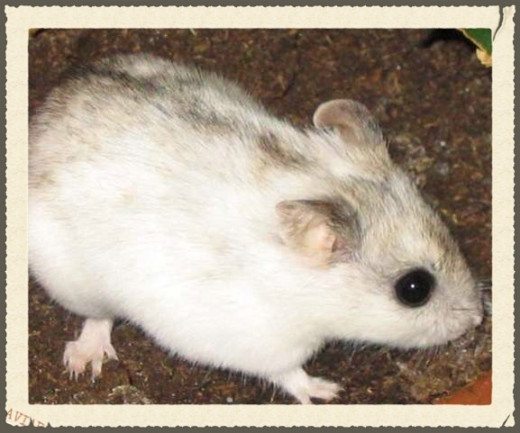
Chinese Hamsters
These are similar in size to dwarfs but are not true dwarfs. Their body type is similar to that of mice.
These creatures are sociable with humans, but might fight with other hamsters. They either have an agouti coat with a brown back, or are all white with spots.

Conclusion
Hamsters my not be the most huggable of pets, but are great pets and fun to watch.

- What unique cats make special pets?
Ten special cat breeds one can consider as pets. - Symptoms of fear in dogs and how to help our pets ov...
On the different things that make our dogs afraid and overcoming them. - Making the trip to the veterinarian easier for yours...
On the times we need to bring our pets to the vet, the difficulties we face and how to overcome them. - Causes of skin disorder in dogs:symptoms, types and ...
What are the symptoms, causes and types of skin diseases in dogs? Which breeds usually experience them? - How to be responsible owners and reduce the number o...
On the problem of pet abandonment and how to reduce the numbers of unwanted pets in shelters. - Ten rare canines to consider as family pets
Here are 10 rare breeds of canines to consider as pets! - How to provide stress relief for our pets
An article on the causes of stress in animals and how to help them overcome it. - How to determine if a dog has been poisoned:causes, ...
An article on the causes, symptoms and prevention of poisoning in dogs. - Eliminating fleas in our pets - the pros and cons of...
The pros and cons of anti-flea products and natural ways of eliminating fleas in our pets.


